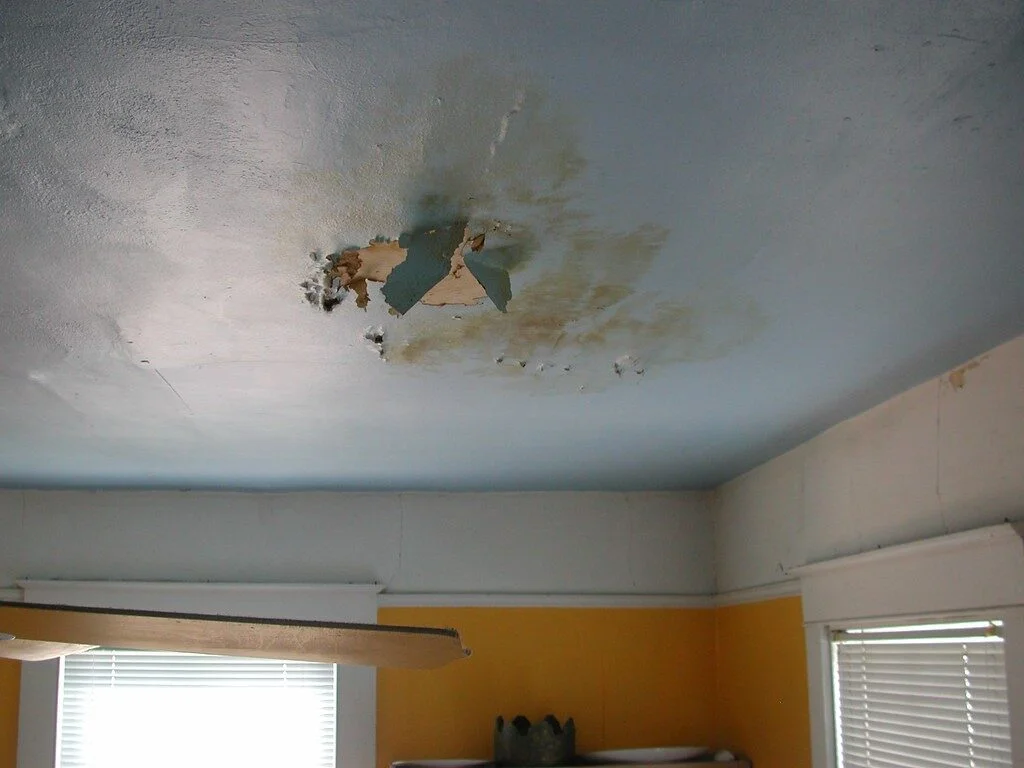Your ceiling is second to your roof. It offers much required overhead protection from debris floating in the air, severe temperatures, and elements. Aside from that, they also hold in insulation and keep ugly pipes and beams hidden. Though you might not give the ceiling of your home much thought every day, they’re sure to move up the priority list when they begin to show indications of ceiling damage.

There are a lot of issues that can cause ceiling damage. These issues can’t be fixed using DIY methods, you will have to hire a professional ceiling repair company for help.
Age of Your House
A home does not always gracefully age, just like our body. Though humans take on weakened bones and wrinkles, houses show their age in cracks. Usually, these show in short hairline cracks or a spider-web pattern. You can mend these eyesores with paint and plaster or drywall mud for aesthetic purposes. Else, these ceiling cracks should not present much issue, unless they begin growing in size.
Structural Issues
Cracks that run the complete length of the ceiling in a straight path and then continue down a wall might be an indication that your house is improperly settling. It can also be an indication that there is a weak or damaged wall stud in your house. The joists of your house might no longer be able to hold your home’s weight if the ceiling starts to bow or dip. For either problem, have the structure of your house checked and fixed. This will help you prevent a more expensive and bigger issue.
Too Much Moisture
Stains in your ceilings can be caused by parts of your house having too much condensation or humidity. Damp rooms, such as kitchen and bathrooms, can lead to mildew- and mold-stained ceilings. Prevent this from happening by installing the right ventilation and utilizing a dehumidifier if required. You’ve got to ensure the duct to the attic space is insulated properly if you are installing exhaust fans. This will help you prevent the moisture from turning into condensation stains.
Water Leak
Peeling paint, sagging drywall, and ceiling stains usually mean water is sitting atop the ceiling. One culprit is roof damage. this includes ice dams, clogged gutters, and missing shingles. The source of the issue can also be a broken pipe or wrong shower fitting enabling water to leak from the bathroom upstairs. Tackle this type of damage by first figuring out and repairing the water source. After that, you can dry out the place. Lastly, you can fix the ceiling.
Buckling plaster, sagging drywall, or discoloration from the ceiling is not a problem that you should ignore. If you spot these issues, it is best to hire a professional right away for remedy. If you don’t fix that problem right away, it might lead to expensive repairs down the line. If your ceiling starts to show indications of damage, hiring a professional ceiling repair company is the best thing you can do to prevent further damage.



Recent Comments